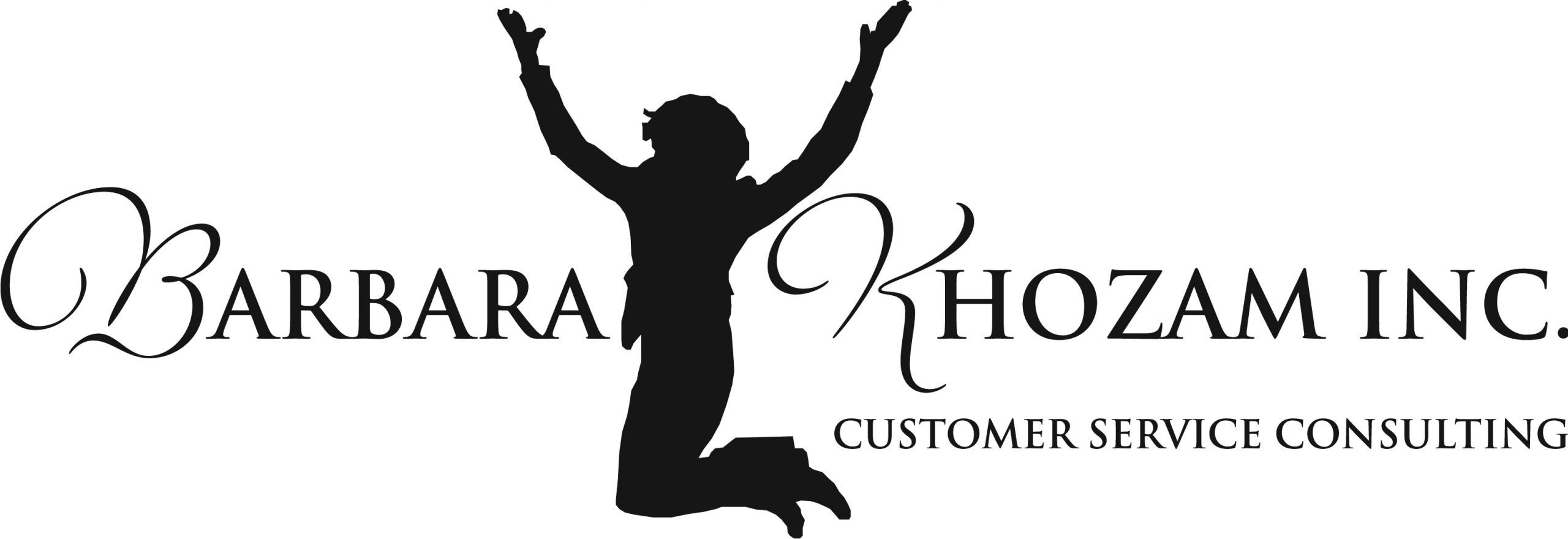You don’t want to invade a person’s privacy, duh.
Negative Ned Says…
“I don’t call my customers by name because, for one thing, some of them have names with too many syllables. Or their names sound like video-game characters. My memory isn’t that good, either. So instead of risking getting it wrong, I just call them ‘Mister’ or ‘Ma’am.’ They don’t know my name, and I don’t see any good reason to know theirs. Plus, they may think I’m being too personal!”
Positive Paul Says…
“Every one of us likes to feel important. And calling someone by name is a simple way to show that you care about them as an individual, you value their business, and you are trying to create a friendly relationship. People feel special and important and pay better attention to you when you remember their name. They’ll listen better to what you just said and what you’re about to say.
If you have trouble remembering a person’s name, try visualizing something or someone who reminds you of his name. For example, if your customer’s name is Mike, visualize a microphone coming out of his shirt pocket. It’s especially important to get to know the names of your regular customers. Repeating a customer’s name creates an automatic personal connection with him. Think about it: The sweetest sound to anyone’s ears is the sound of his own name.”
A Real World Example
In my seminars, I often memorize everyone’s name, then go around the room and repeat them all. People are always impressed and honored that I remembered their name.
One of my seminar participants, Jennifer, took her mother to see the doctor. They were not happy with this particular medical group because of their past experiences. They were so unhappy, in fact, that they had been contemplating changing health care providers. But everything changed during this particular visit. Jennifer and her mother were sitting in the reception area waiting to be called. Soon, a medical assistant (MA) came to the door, paused for a few moments, then started walking toward Jennifer and her mother.
The MA said, “Mrs. Jones?”
The mother replied, “Yes?”
The MA continued, “Hi, Mrs. Jones. I’m Sarah, your medical assistant. I’m ready to take you back now.”
Both Mrs. Jones and her daughter were pleasantly surprised. Never before had they received such personalized treatment from this clinic. Mrs. Jones was so pleased that she told the MA’s supervisor, the Medical Office Administrator, and the Area District Administrator. These customers went from being completely unsatisfied to becoming extremely loyal because of one kind act by one individual. Now that’s exceptional customer service!
Many restaurant owners have learned the power of referring to their repeat customers by name. For example, my husband and I frequent a local Mexican restaurant. In fact, we are such frequent diners that the staff not only refers to us by name, but they also know exactly what we like to order. Martha, who brings chips and salsa to our table and who barely speaks any English, always welcomes me with a “Hello, Bar-bar-a.” She happily puts my large glass of ice water with lemon on the table, along with a big basket of chips and two cups of salsa. It’s just the way we like it. We love that restaurant because of the food and the service, and we gladly tell all our friends and family how great it is.
Moral to the story: Don’t be afraid to address people by their individual name. Even if you mispronounce it, they will still be impressed – unless, of course, their last name is Khozam.
Strategies to Turn This Around
Use the customer’s name.
- Use the customer’s name when you greet her.
- Use the customer’s name during the transaction.
- Use the customer’s name when you say goodbye.
- When in doubt, err on the side of formality (Mr., Mrs.).
Remember: Calling someone by her name shows that you care about her!
“First you forget names, then you forget faces, then you forget to pull your zipper up, and then you forget to pull your zipper down.”
— Leo Rosenberg
© 2012 by Barbara Khozam Inc. All rights reserved. No part of this message may be reproduced or transmitted in any form or by any means, electronic or mechanical, including photocopying, recording, or by any information storage and retrieval system without written permission of the publisher.
